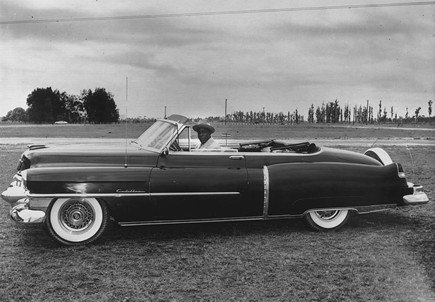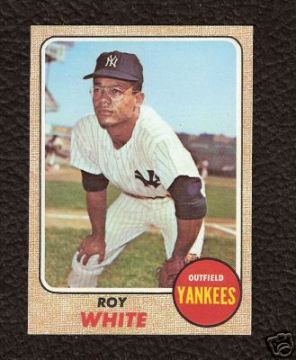It is a tired practice; writers contacting former greats from a particular team and having them comment on current players as if their words have any bearing on matters at hand. As much as I respect Goose Gossage and his shoot-from-the-hip style, I’m at a point where I do not want to see his name attributed to a quote unless it’s in a “where are they now” piece, or he becomes affiliated with the team in some kind of coaching capacity and has something meaningful to say pertaining to the team on a day-to-day basis.
It’s understandable, though. When a respected player with a good personality and rapport with the media reaches Hall of Fame status, he becomes a go-to guy for any story with the objective of comparing the past to the present. Such is the case with The Goose. With two and a half months until his enshrinement in Cooperstown, he is everywhere and is being treated as the de facto authority on all things Yankees.
Bob Klapisch’s Sunday column in the Bergen Record, which was later narced by the Associated Press, is further proof of this. When Joba Chamberlain caused a stir with post-strikeout histrionics last week, naturally, Gossage was the person Klapisch sought for comment/judgment. Gossage has for years waxed on the merits of players of his era, particularly relief pitchers and the development of specific roles in the bullpen. In his witty way, he’s been complimentary and critical, and always quoteworthy. Over the winter, Gossage, long a fan of Mariano Rivera, shifted his attention to the phenom, Chamberlain (at the media’s behest, of course). At the time, he said the right move for the Yankees was to leave Chamberlain as the set-up man and eventually have him assume the closer role once Rivera retires. In the subsequent months, he has continued his praise of Chamberlain, but this is the first time he’s openly questioned his maturity.
That this column came from Klapisch should not come as a surprise. Klapisch pitched at Columbia and still pitches in a semipro league. He likely viewed Chamberlain’s fist-pumping and primal screams as bush-league behavior and went to Gossage, knowing he’d have an agreeable audience. Very little work was involved save for making a phone call and transcribing quotes.
Klap’s lead:
The question was brought to Goose Gossage because who else to judge whether Joba Chamberlain was being a jerk on Thursday, pumping his fist and pirouetting after striking out the Indians’ David Dellucci as if he’d toppled the Berlin Wall?
Once upon a time, the Goose was the game’s hardest-throwing closer, who liked nothing more than to intimidate hitters. Not just throw the fastball by them — crush them psychologically. And Gossage, of course, was a Yankee, which means he and Chamberlain come from the same bloodlines.
Why does anyone have to judge at all? Klapisch, a veteran writer, is better than this. He fell into a classic reporter’s trap, which is building a story around a situation and an easy quote. The story is essentially written before the first word is typed. What’s worse, these types of articles invite responses from anyone willing to talk into a recorder or microphone. Predictably, the most boisterous response came from Hank Steinbrenner.
Later in the article, Klapisch criticized Joe Girardi for not taking action, adding that Joe Torre would have disciplined Chamberlain behind closed doors. Klapisch may be right, as well as he knows Torre, but he’s forcing a premise on his readers that may not be true. I can recall numerous times Torre saying, “I like the emotion. I don’t want to change (insert player name here).” Look how often he defended Roger Clemens.
Writers will continue to play this dangerous game, making assumptions and comparing players and teams from era to era. It’s part of the job to spur debate amongst fans in whatever way possible.
It’s unlikely that between now and the Hall of Fame ceremony that writers will cease calling Gossage. The question is: At what point will he stop answering?
OTHER INTERESTING MEDIA NOTES
• You can tell when a player has reached a nadir in the media’s eyes when the New York Times throws a humorous line worthy of print in either the NY Post or the Daily News. Tuesday, in his recap of the 7-1 loss to the Rays, Tyler Kepner observed that Kei Igawa was warming in the bullpen at one point, calling it “as sure a sign as any that the game was a lost cause.”
• A-Rod will miss the Subway Series. Pedro is out, too. What will the writers do to promote the it? For those of you who guessed Johan Santana, give yourself a prize. With the two-time Cy Young Winner pitching in Yankee Stadium Friday night, I’d put the odds of a Hank sighting at roughly the same as Big Brown’s chances at winning the Preakness. You know what that means: quotes a-plenty and follow-ups to his “earn your money” missive that made headlines on Wednesday. Who thinks Hank will fire Girardi by mid-season, bring in Bob Lemon, and then over the next seven years rehire Girardi four more times?
Until next week …




